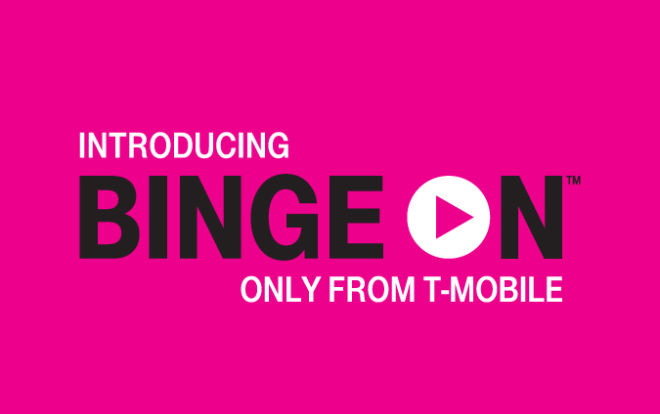
There’s been no shortage of controversy related to Binge On since the service made its debut as part of Un-carrier 10 in November, and now another report that criticizes Binge On has surfaced.
A group of researchers at Northeastern University has published a report titled “BingeOn Under the Microscope: Understanding T-Mobile’s Zero-Rating Implementation.” The researchers conducted tests to determine how Binge On works and if it works as advertised.
The testing found that the Binge On rate limit its 1.5Mbps, similar to what the EFF has reported previously. This provides enough bandwidth for 480p video from a source like YouTube, but during testing, the researchers found that YouTube chose 360p quality instead:
“BingeOn provides sufficient bandwidth for 480p and lower, but it increases download times, which may in- crease battery consumption by keeping the radio in an active state for longer. Interestingly, when BingeOn is enabled, YouTube selects medium (360p) quality, lower than the 480p specified by T-Mobile.”
Speaking of YouTube, the report mentions that YouTube traffic was throttled to 1.5Mbps but wasn’t zero-rated, whereas similarly-throttled Netflix content was zero-rated. (YouTube was added as a Binge On partner right before the report was submitted.) “Such differential treatment of video services calls into question the policy’s legality in the face of the FCC’s Open Internet Order.”
Northeastern’s researchers also found Binge On to be a bit inconsistent. “We found that Binge On behavior is not entirely consistent over time,” they say, explaining that there were a “small number of cases” in which video that should’ve been zero-rated was not. However, they say that these instances were temporary and suggest that they were just the result of bugs in the infrastructure.
Finally, these researchers dissected Binge On and found that they were able to exploit Binge On. After modifying HTTP traffic and using proxies, they were able to make their traffic appear Binge On-friendly, meaning that it didn’t count against their data usage. However, the researchers notified T-Mobile of this vulnerability, and T-Mo says that they’re “mitigating it via abuse monitoring.”
Binge On is a big deal for T-Mobile. The service now offers free streaming from nearly 90 providers and has been used to stream more than 500 million hours of zero-rated video. T-Mo has made it easier to control Binge On since its launch, enabling short codes that let you quickly check your Binge On status and enable or disable its effects. As such, it’s unlikely that T-Mobile will be making any major changes to Binge On or getting rid of it, despite the net neutrality criticisms that it’s gotten to date.
To read the full Binge On report from Northeastern’s researchers, click here.
Via: FierceWireless
Source: Northeastern University report
